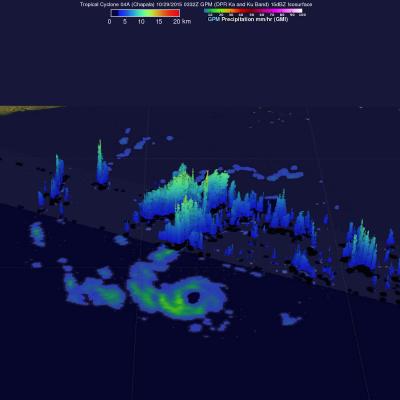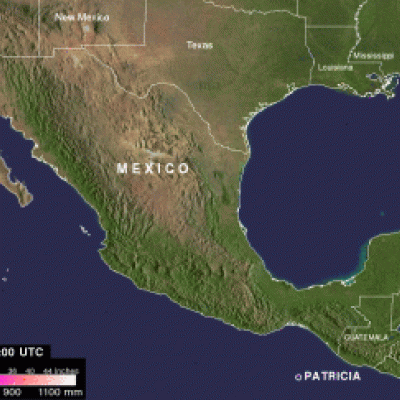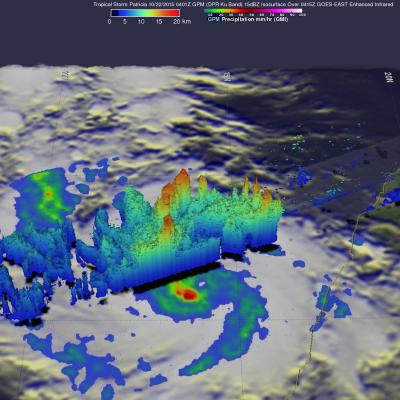GPM Examines Tropical Cyclone Chapala
Tropical Cyclone Chapala developed in the very warm waters of the Arabian Sea west of India on October 28, 2015. These images show rainfall derived from data collected by GPM's Microwave Imager (GMI) and Dual-Frequency Precipitation Radar (DPR) instruments. The GPM core observatory satellite had good views of the tropical cyclone on October 29, 2015 at 0332 and 1456 UTC. GPM's rainfall from the first pass show that Chapala was close to hurricane intensity with the location of a developing eye clearly shown by GMI. By the second pass Chapala's maximum sustained winds were estimated at 65 kts






